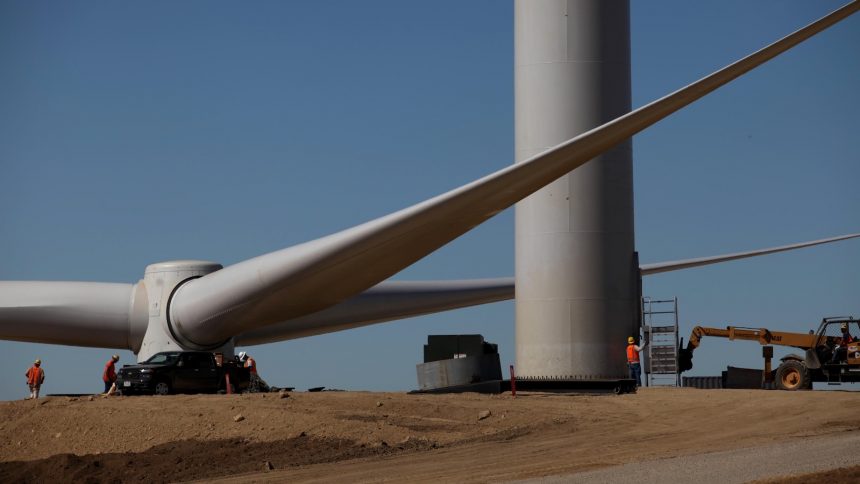Renewable energy has seen remarkable growth in the United States over the past decade, with solar and wind power leading the way. According to a report by Climate Central, renewables now account for 22 percent of the nation’s electricity, with solar alone experiencing an eightfold increase in the last 10 years.
The rapid expansion of solar and wind power has outpaced traditional sources like coal, with methane use stabilizing. The Inflation Reduction Act is expected to further accelerate this growth through enhanced tax credits for solar panels and wind turbines, bringing the country closer to its clean energy goals for 2030 and 2035.
Small-scale solar installations have played a significant role in this growth, reflecting the widespread adoption of renewable energy practices. Despite this progress, more investments and incentives are needed to meet the ambitious clean energy targets set by President Biden.
To achieve these goals, the nation must transition to 80 percent clean energy by 2030, laying the foundation for 100 percent carbon-free electricity by 2035. This will require a concerted effort from federal and state governments to drive policy changes and expand renewable energy infrastructure.
Addressing challenges such as transmission capacity and intermittency of renewable sources will be crucial in fully integrating clean energy into the national grid. Advancements in technology and innovative solutions like battery storage offer promising ways to ensure the reliability and efficiency of renewable energy sources.
Overall, the growth of solar and wind power in the last decade showcases the potential for a cleaner and more sustainable energy future in the United States, with continued efforts needed to realize this vision.






